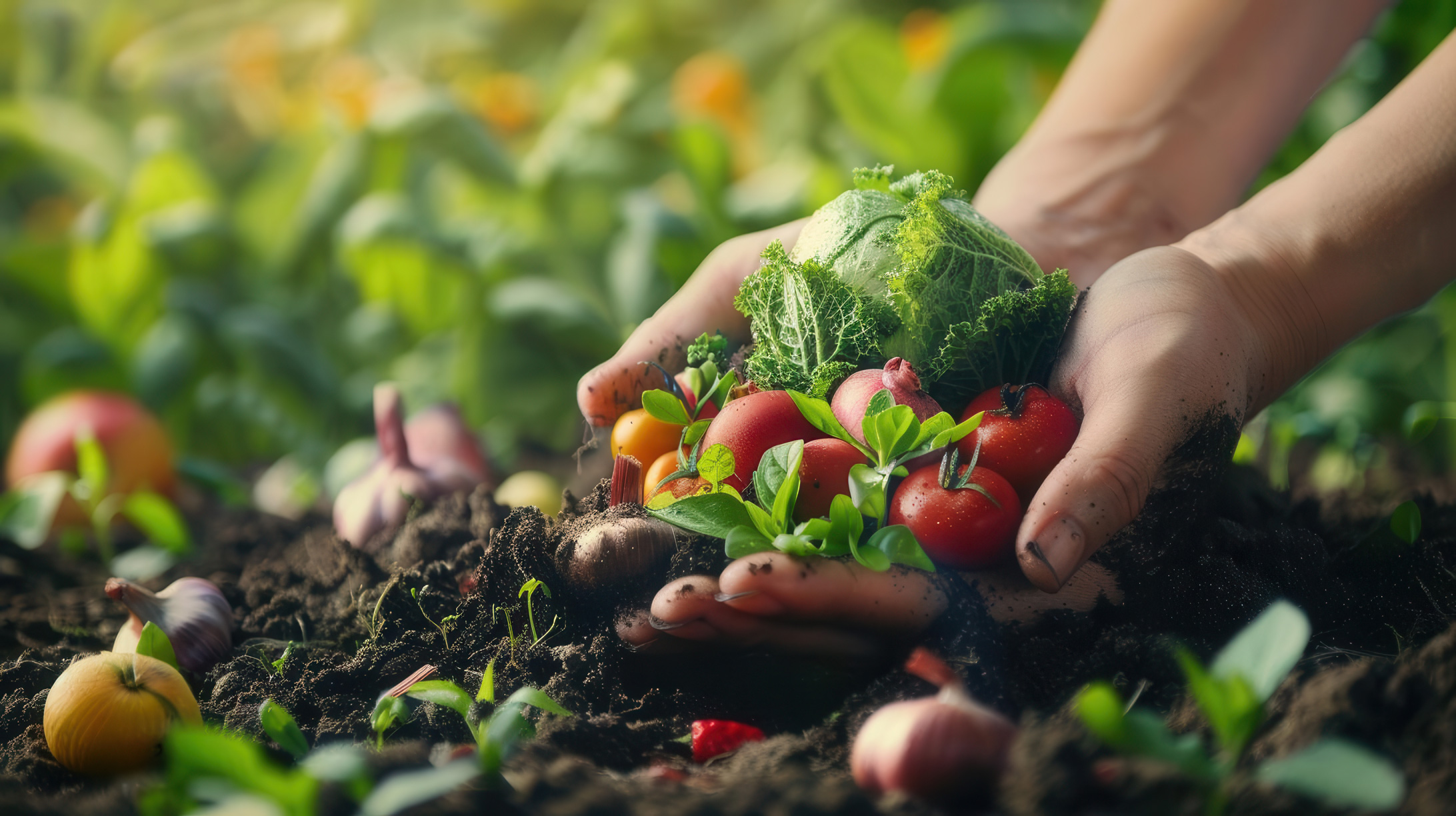Introduction
In recent years, regenerative agriculture has emerged as a powerful approach to farming that goes beyond sustainable practices to actively restore and enhance the health of ecosystems. This farming method not only aims to sustain agricultural productivity but also prioritizes soil health and biodiversity. Regenerative Agriculture focuses on restoring soil health through practices like cover cropping, crop rotation and reduced tillage. Regenerative agriculture aims to isolate carbon in soils and reduce climate change impacts. Managed grazing and rotational grazing systems of livestock improves soil health as well as pasture productivity, benefiting both plants and animals.
Benefits
Enhanced soil structure and nutrient availability support healthy plant growth and builds resilience to drought and disease. Carbon isolation in soils and biomass reduces greenhouse gas emissions and reduces climate change impacts which enhances overall ecosystem services. Healthy soils with increased organic matter and improved structure enhance water infiltration and reduce runoff, protecting water quality. There is good profitability due to reduced input costs like fertilizers and pesticides and increased productivity over time.
Implementation
Transitioning to regenerative agriculture requires commitment, planning, and adaptation to local conditions and farm contexts. Farmers and land managers can start by conducting soil tests and assessments to understand current soil conditions and nutrient levels, establishing clear goals for soil health, gradually integrating regenerative practices into farming operations and monitoring outcomes. Lastly, knowledge is key so seeking education through workshops and peers is also crucial.
Conclusion
Regenerative agriculture represents a shift towards sustainable farming practices that prioritize soil health. By adopting regenerative principles and practices, farmers can contribute to reducing climate change, enhancing food security and preserving natural resources for future generations. Together, farmers can cultivate a more sustainable and thriving agricultural landscape that nourishes both people and planet.
Comments are closed.




